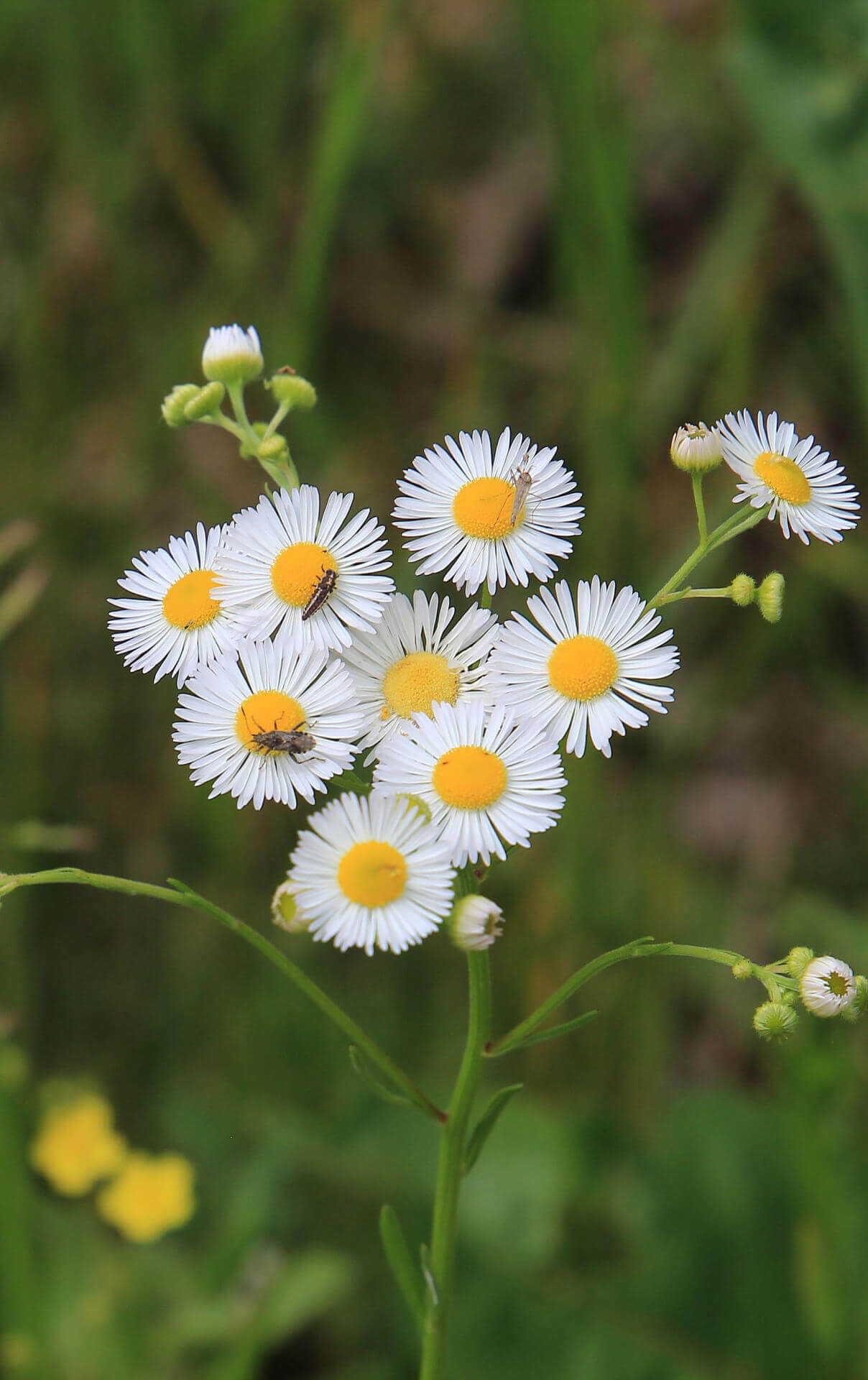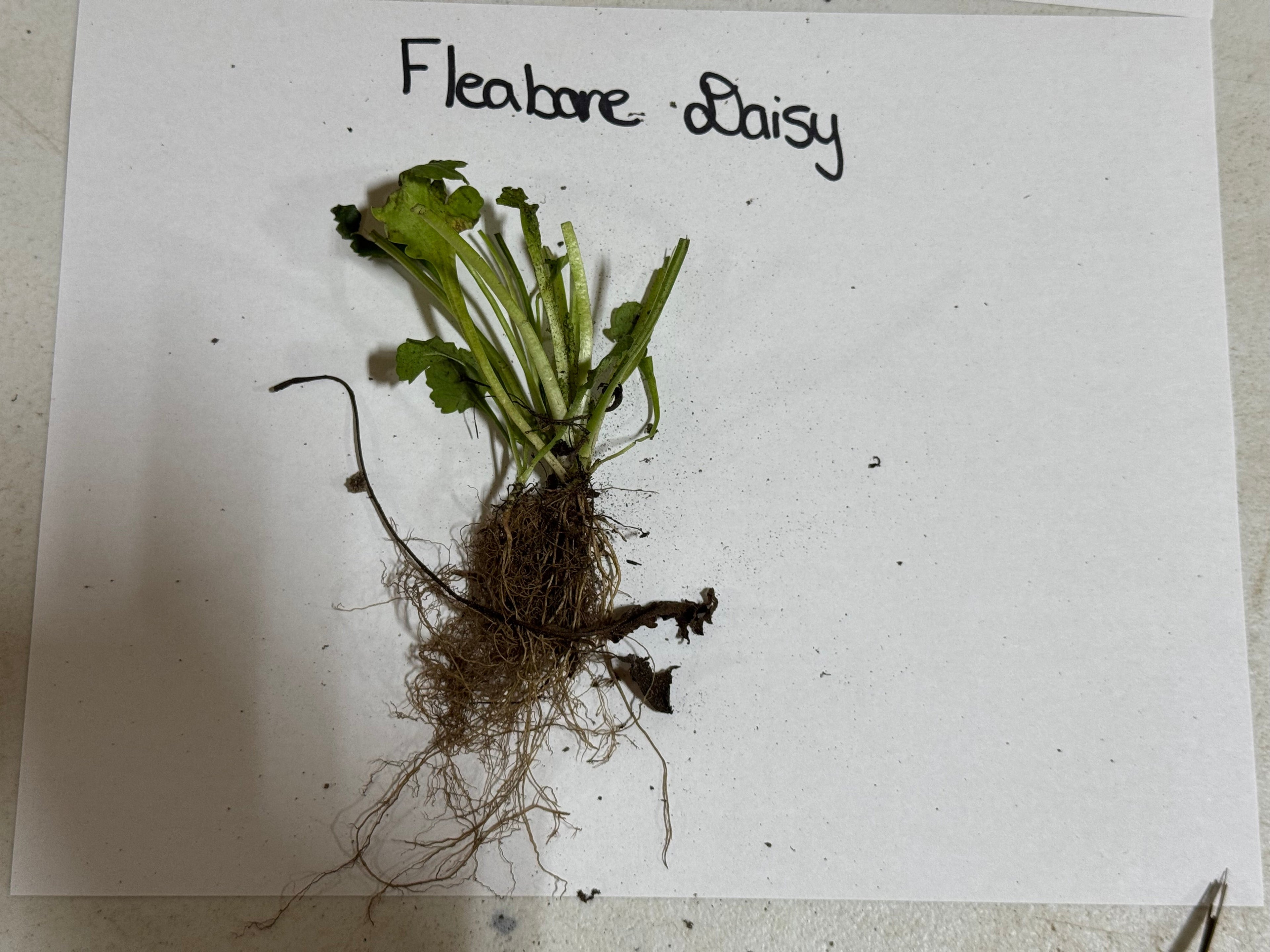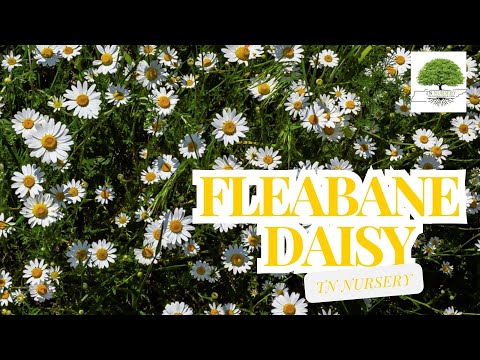Pine Trees For Sale
Pine trees are among the most versatile, fastest-growing, and beloved evergreens in North America. They offer year-round beauty, valuable wildlife habitat, and practical uses, from privacy screening to reforestation. At TN Nursery, we proudly grow and ship several pine varieties that thrive across various soils and climates. Each is carefully cultivated to ensure strong roots, healthy growth, and long-lasting performance.
Here at TN Nursery, we get many requests for living fence trees that stay lush and green year round. It's easy to navigate someone to this product because the pine trees we sell are hardy in most US zones, and we purchase seeds from reputable sources in even colder zones. Homeowners never have to worry about our trees not being suited to their climate. We will not ship a tree to a state it won't thrive in.
Eastern White Pine (Pinus strobus)
Eastern White Pine is one of the tallest and fastest-growing evergreens, prized for its soft, feathery needles and graceful form. It's excellent for windbreaks, privacy screens, or as a majestic specimen tree in large landscapes. This variety adapts well to different soils and develops quickly, making it a top choice for homeowners and landowners alike.
Virginia Pine (Pinus virginiana)
Virginia Pine is a hardy native species often used for reforestation, erosion control, and Christmas tree farming. With its short needles and rugged growth habit, it thrives in poor or sandy soils where other trees struggle. It's a resilient and dependable pine that provides shelter for wildlife while restoring balance to the landscape.
Loblolly Pine (Pinus taeda)
A Southern favorite, the Loblolly Pine is known for its rapid growth and tall, straight trunk. It is widely planted for timber production, but it's equally valuable for creating large shade areas or natural woodland settings. Its long needles and sturdy character make it one of the most important pines in the southeastern United States.
Shortleaf Pine (Pinus echinata)
The Shortleaf Pine is a native species with a wide growing range, valued for its adaptability and strong wood. It's a reliable reforestation tree, resistant to many diseases, and provides essential cover and food sources for birds and small mammals. Its fine-textured needles and balanced shape add beauty while serving critical ecological roles.
Pitch Pine (Pinus rigida)
Pitch Pine is a rugged, resilient species that thrives in rocky, sandy, and nutrient-poor soils. Known for its ability to withstand harsh conditions, including drought and fire, this pine is often used in reclamation projects and naturalized landscapes. Its irregular, picturesque shape makes it a striking ornamental option in rustic or woodland gardens.
Why Choose TN Nursery for Pine Trees?
At TN Nursery, we specialize in growing native and regionally adapted Pine Trees that not only enhance landscapes but also support the environment. Whether you're planting for privacy, timber, restoration, or natural beauty, our fresh-dug pines arrive ready to thrive. With decades of nursery experience, we guarantee high-quality trees shipped quickly to your door.
Exposure
Fleabane Daisy flourishes in full sun to part shade. It favors at least 4 to 6 hours of unaffected sunlight daily for optimal blooming but can handle some shade, particularly in hotter climates. Proper light exposure encourages vigorous growth and abundant flowers.
Height at Maturity
Over 12"
Usage
Pollinator Plant
Shipped As
Bare-root
Ships
USPS
Planting Zones
3-8




